The Olmec were the first major civilization in Mexico, developing in Soconusco. They lived in the tropical lowlands of south-central Mexico, in the present-day states of Veracruz and Tabasco. The Olmec flourished from 1500 BCE to about 400 BCE.
 | The discovery of reliefs was made in Tenosique, a municipality in the state of Tabasco, Mexico, and dates from the late Olmec. (900-400 BC) The name ‘Olmec’ comes from the Nahuatl word: Ōlmēcatl or Ōlmēcah, meaning ‘rubber people’. Researchers believe the reliefs depict local rulers performing ritual contortionism. This is done by adopting a stance that reduces the flow of blood and oxygen to the brain to achieve a trance-like state. |
 | Pre-Olmec cultures populated the area since about 2500 BCE, but by 1600–1500 BCE, early Olmec culture had emerged, centered on the San Lorenzo Tenochtitlán site in southeast Veracruz. They were the first Mesoamerican civilization and laid the foundations for those that followed. The aspect of the Olmecs most familiar is their artwork, and "colossal heads". | 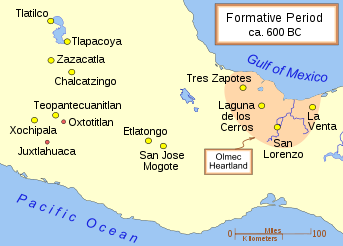 |
 | The Olmec constructed permanent city-temples at San Lorenzo Tenochtitlán, La Venta, Tres Zapotes, and Laguna de los Cerros. In this region the first Mesoamerican civilization emerged. What is today called Olmec first appeared within the city of San Lorenzo Tenochtitlán, where distinctive Olmec features occurred around 1500 BCE. |  |
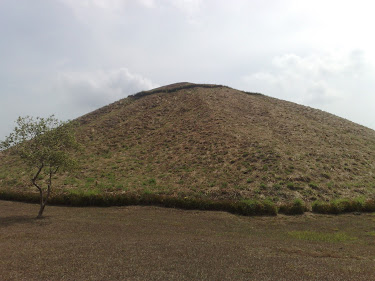
The Great Pyramid was the largest Mesoamerican structure of its time. | San Lorenzo was abandoned around 900 BCE and La Venta became the most prominent Olmec city, until it too was abandoned around 400 BCE. Between 400 and 350 BCE, the population in the Olmec heartland dropped sharply. The area was sparsely inhabited until the 19th century. | 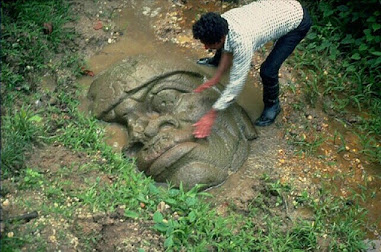 |
 | The Olmec culture was first defined as an art style, and this continues to be it's hallmark.
|  |









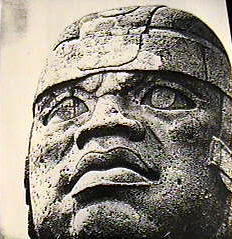






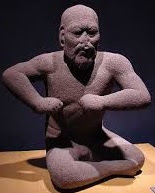



No comments:
Post a Comment